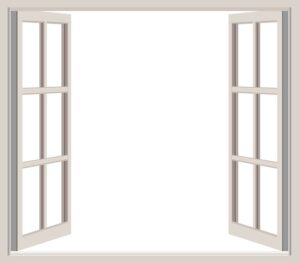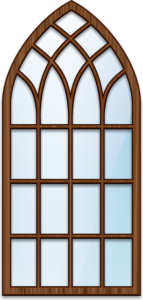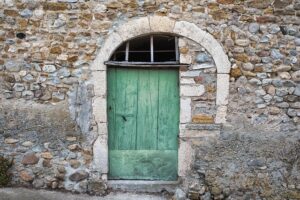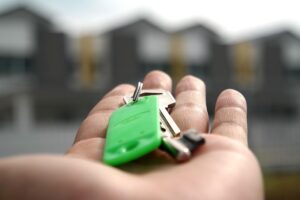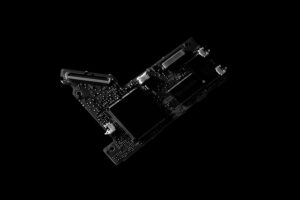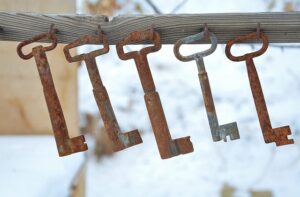Optimize Energy Efficiency: Low-E Coated Windows for Sustainable Homes
Low-E coated windows are an energy-efficient solution for homeowners, reflecting heat in winter and…….

Low-E coated windows are an energy-efficient solution for homeowners, reflecting heat in winter and blocking it in summer. They save on heating/cooling bills, improve indoor air quality by filtering UV rays and pollutants, and contribute to a sustainable living environment. When replacing windows, consider climate-specific Low-E coefficients, air leakage prevention, and durable frame materials. Proper installation and sealing ensure maximum energy savings, making low-E coated windows a strategic investment for environmentally conscious homeowners.
For energy-conscious homeowners, upgrading to low-E coated windows is a smart investment. These innovative glass solutions offer an effective barrier against temperature extremes, reducing energy loss and gain. This article guides you through the process, from understanding the science behind low-E coating to choosing the right windows for your home. Learn about installation best practices and the long-term financial benefits of this sustainable upgrade. Discover how low-E coated windows can enhance comfort and save you money.
- Understanding Low-E Coated Windows: The Energy-Saving Solution
- Benefits of Upgrading to Low-E Coating for Your Home
- How to Choose the Right Low-E Windows for Your Needs
- Installation Tips and Tricks for Optimal Performance
- Long-Term Savings: A Financial Perspective on Window Replacement
Understanding Low-E Coated Windows: The Energy-Saving Solution
Low-E coated windows have emerged as a game-changer in the world of energy-conscious home improvement. These windows are designed with a special coating that allows them to reflect heat back into the home during colder months, while also blocking heat from entering during warmer seasons. This dual functionality makes them an excellent investment for homeowners looking to reduce their energy bills and carbon footprint.
The coating on low-E windows is typically made of a fine metal or metallic oxide layer applied during the manufacturing process. This invisible barrier helps regulate indoor temperatures by allowing visible light to pass through while obstructing infrared heat waves. As a result, homes equipped with low-E coated windows can maintain comfort levels without relying heavily on heating or cooling systems, contributing to both energy savings and a more sustainable environment.
Benefits of Upgrading to Low-E Coating for Your Home
Upgrading to low-E (low-emissivity) coated windows can significantly enhance your home’s energy efficiency and comfort. These advanced coatings are designed to reflect heat back into your home during colder months, keeping you warm and reducing heating costs. Conversely, in warmer seasons, they help keep the sun’s heat out, cooling down your living spaces and lowering air conditioning expenses. This dual functionality makes low-E coated windows a smart investment for energy-conscious homeowners.
Beyond energy savings, these coatings offer another advantage: they improve indoor air quality. By blocking harmful UV rays from the sun, low-E windows protect your furniture, flooring, and artwork from premature fading. They also act as a barrier against outdoor pollutants, allergens, and dust, promoting a healthier living environment for you and your family.
How to Choose the Right Low-E Windows for Your Needs
When considering window replacement, energy-conscious homeowners should prioritize low-E coated windows. Low-E stands for low-emissivity, and this coating acts as a barrier, reflecting heat during colder months and keeping excess cool air out during hotter ones. The right low-E windows can significantly improve your home’s energy efficiency, leading to lower heating and cooling bills.
Choosing the ideal low-E window involves evaluating your climate and specific needs. For instance, if you live in a cold climate, opt for windows with a higher Low-E coefficient, which prevents heat loss more effectively. In warmer regions, look for windows designed to reflect sunlight and reduce heat gain. Additionally, consider factors like air leakage, frame material, and warranty to ensure the windows not only enhance energy efficiency but also provide long-term value and durability.
Installation Tips and Tricks for Optimal Performance
When it comes to window replacement, homeowners looking for energy efficiency should consider investing in low-E coated windows. These windows are designed with a special coating that reflects heat back into the home during colder months and keeps heat out during warmer ones, significantly improving insulation.
During installation, ensure proper sealing around the window frame to maximize energy savings. Use weatherstripping to create an airtight barrier and consider professional installation for optimal performance. Remember, the right fit is crucial; windows should be level and square to prevent air leaks. Additionally, double-check that all hinges are secured properly and sealed to enhance the energy-saving benefits of your low-E coated windows.
Long-Term Savings: A Financial Perspective on Window Replacement
For energy-conscious homeowners, investing in high-quality window replacement offers a powerful opportunity for long-term savings. Windows play a significant role in a home’s energy efficiency, and modern advancements like low-E coated windows have revolutionized insulation capabilities. These coated glass panels are designed to reflect heat back into the home during colder months, reducing heating costs, and keep interior spaces cool in summer, lowering air conditioning expenses. Over time, these savings can add up, providing a solid return on investment.
By replacing older, less efficient windows with low-E coated alternatives, homeowners can expect a decrease in their energy bills. This financial benefit is not only immediate but also sustained, as these windows are designed to withstand the test of time and maintain their performance for years. Moreover, many energy-efficient window options now come with attractive rebates and incentives from utility companies, further encouraging environmentally conscious choices that save money.
For energy-conscious homeowners, investing in low-E coated windows is a smart choice. By understanding the benefits of this technology and selecting the right products for your needs, you can achieve significant energy savings while enhancing your home’s comfort and value. With proper installation and maintenance, these windows offer long-term advantages, making them a worthwhile upgrade for any eco-conscious individual looking to reduce their carbon footprint.
